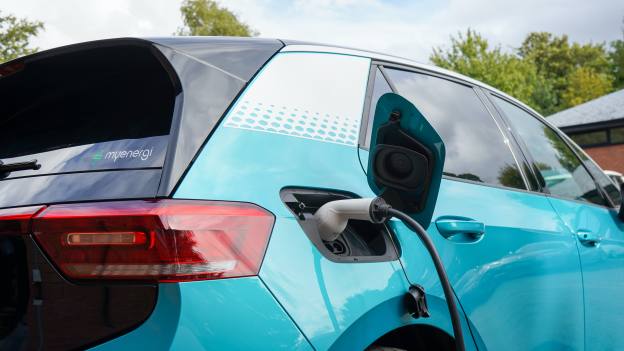But she is cautious about the investment case for those assets right now, pointing out that most trade at a lower yield than the conventional bonds by the same issuer, and adds that one needs to be cautious around what some of the green corporate bonds are actually invested in.
She says: "Beware, sustainability bonds don’t all meet the same ESG standards and now a new bond class has appeared: the sustainability-linked bonds for which the issuers set sustainable objectives on their own operations, with no sustainability link with the proceeds of the bond."
Analysis from multi-national bank ING indicates that in the corporate bond fixed income space, green investment bonds offer on average three basis points (0.03 per cent) lower yield than the same bond with the same maturity issued by the same company but without a sustainability objective.
The research found that in times of severe market stress, the gap between the two narrowed as investors focused on the more conventional bonds.
Transparency
Thede Rust, head of emerging markets debt at Nordea Asset Management, says one should think of bonds of this kind as “use of proceeds bonds”, and says such products are no longer limited to funding environmental causes, but also social causes.
He says: “One of the things to look out for, if these are corporate bonds, is whether they are linked to key performance indicators for the companies; is the outcome that clear cut? For example, a cement company might issue a bond for its general activities, but then issue a sustainable bond to reduce its carbon footprint by a stated amount over the lifetime of the bond.”
He says investors need to ensure that there is clarity around how the funds raised from a bond issue will be used.
Andrew Lake, head of fixed income at Mirabaud Asset Management, has about 50 per cent of the capital in one of his funds invested in green bonds of various kinds, but mostly in government-backed projects where one has clarity around where the capital is going.
He says that while clients are justifiably focused on investing in areas such as renewable energy or electric cars, it is also essential that the infrastructure needed to enable those things is built. He adds this task typically falls to governments, who issue green bonds to achieve this, and allows him to be exposed to areas such as infrastructure, which are government administered but also provide an income stream that a client can be sure is not linked to military spending.









